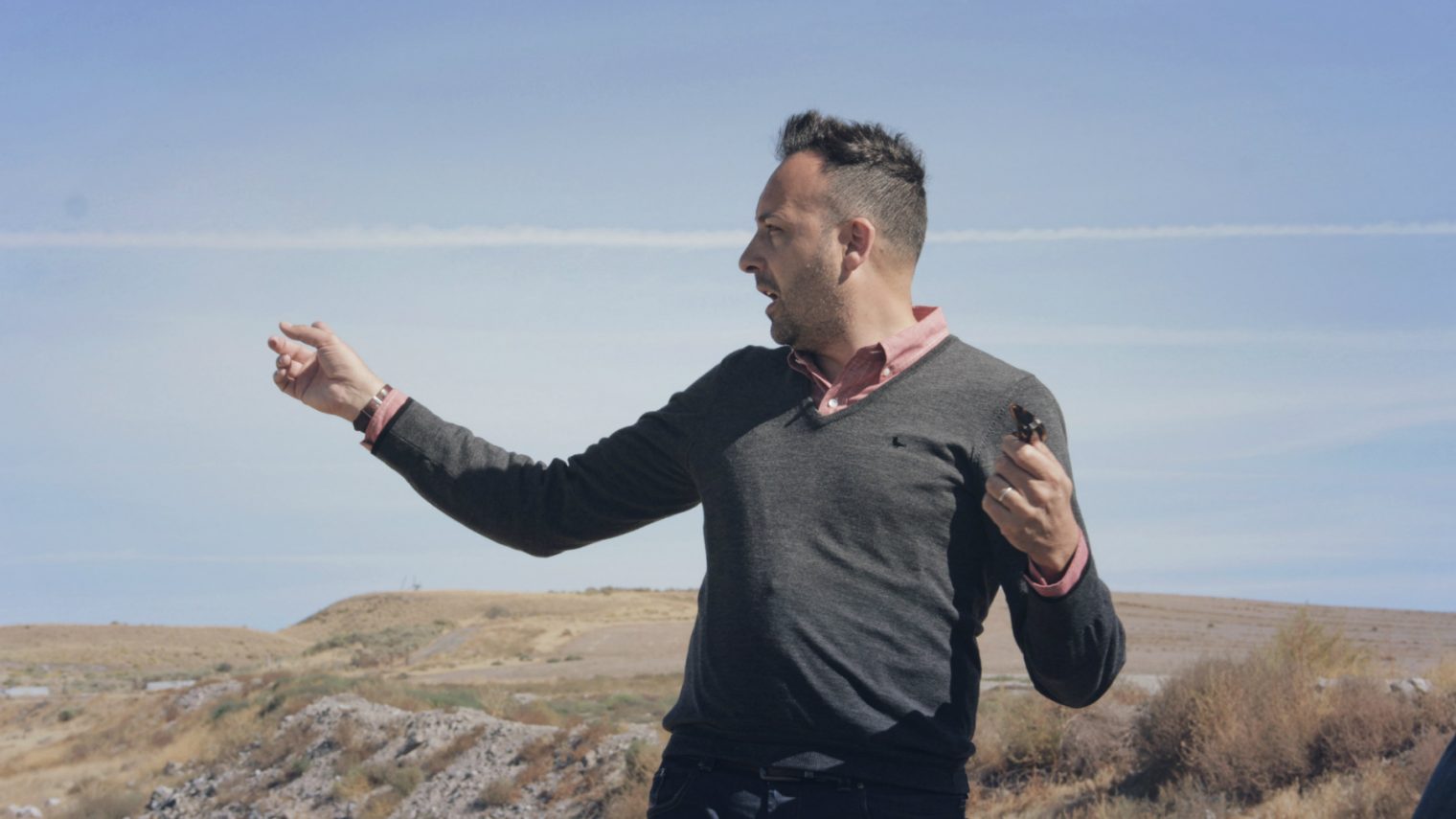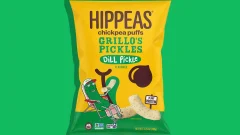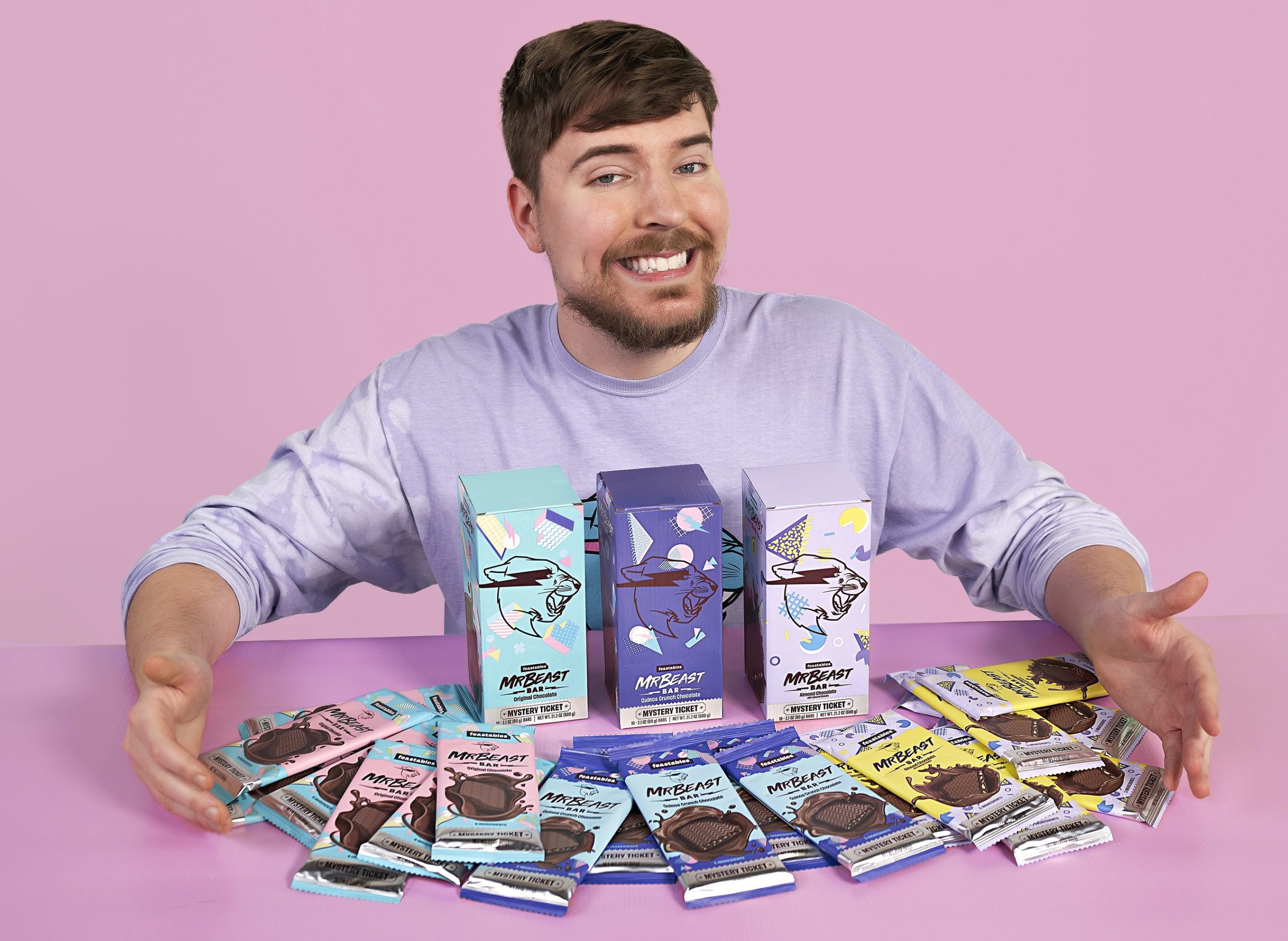Meet Juan Muñoz-Oca: A Washington Winemaker Taking Pretension Out Of Wine

A few months ago, I briefly escaped the hellfire known as September in Southern California to wander through vineyards in Eastern Washington. Yup, there are vineyards in Eastern Washington. I didn’t believe it myself, but a couple of trips on tiny airplanes later, I found myself in what was, unmistakably, wine country.
I won’t bury a disclosure at the bottom of this piece: I definitely did not find myself in Paterson, Washington on my own dime. I stepped off the plane, slightly convinced that I was tricked into visiting San Luis Obispo, with my skeptical New Yorker/journalistic eyes and ears.
But I swooned for Columbia Crest Winery anyway. In less than two days, Juan Muñoz-Oca sold me on Washington vineyards, the de-bouge-ification of wine, and crowdsourced winemaking.
A Family Of Winemakers/A Winemaker Family
This is a grown man with the style of 25-year-old model (who pulls it off much better than Johnny Depp could ever hope to) and the built-in charisma of an Argentinian. More importantly, this is a man who gets swept up in day-long coffee meetings and will stick his fashionable arm into a crate of fermenting grapes, with little regard for his watch, simply because he’s so giddy to explain the winemaking process to you.

In less than two days, Juan Muñoz-Oca sold me on Washington vineyards, the de-bouge-ification of wine, and crowdsourced winemaking.
His infectious, childlike wonder surrounding wine stems from a family legacy. At the tender age of eight, Muñoz-Oca began learning about wine from his grandfather in Mendoza, Argentina. He went on to study winemaking and agricultural engineering at Argentina’s National University of Cuyo, securing that a third generation of Muñoz-Oca would get into the family business. Several degrees and the successful wooing of viticulturist-turned-winemaker Jessica Munnell later, he joined the Columbia Crest family.
Before being named head winemaker in 2011, Muñoz-Oca spent 8 years (plus an internship in 2001) helping a close-knit team continue to raise the winery’s bar of excellence.
“I felt something really special my first visit to Washington,” gushed Muñoz-Oca. “I’ve been lucky to make wine with a group like this. It feels like we’re doing something very unique.”
Washington Wine: A Force To Be Reckoned With

In a crowning moment, Wine Spectator bestowed the title “Wine of the Year” on Columbia Crest’s 2005 Reserve Cabernet Sauvignon. With a $27 price tag, it tied as the second most affordable wines in the top 25. The winery’s more economic H3 bottles clock in around $10, and also often appear on Wine Spectator’s annual list.
Yes, you can get high quality wine for (often less than) $10 that was made in Eastern Washington, sans grunge and never-ending rain. Largely, we have the late Dr. Walter Clore, the man who literally wrote the book on Washington wine, to thank for this miracle. Officially recognized by the state as the “Father of Washington Wine,” Clore’s research unearthed the Columbia Valley’s prime grape-growing conditions, giving birth to numerous wineries.
You can get high quality, Eastern Washington wine for $10.
And yet, most conversations about wine pit California against France while countries like Chile, Argentina, and Thailand have only started making headlines for their grapes in recent years. In a climate like this, it’s not unusual for you to be hearing about Washington wineries for the first time, but rest assured that they want to make a good first impression.
“Every time someone picks up a bottle of Columbia Crest, they’re betting on us and on having a great experience.” said Muñoz-Oca. “I feel like we have the responsibility to deliver wonderful experiences to everybody who drinks it.”
Putting The Grapes In The Computers Of The People
During a retreat, the Columbia Crest team mulled it over and decided to open up the winemaking process to the public, making them the first winery to do so. In 2014, they set aside five acres of the vineyard (which previously yielded their Wine of the Year) and let users vote on various processes throughout the season, from when they should harvest the grapes to how they should blend the wine. According to Muñoz-Oca, so far, the crowd always gets it right.
When I first checked out the 2015 harvest on the Crowdsourced Cabernet website, I thought it would be very limited in scope. Instead, I found myself feeling as though someone playing Fallout 4 had just handed me the controller (even my button-smashing is horrendous).

‘It feels like we are in an era where we care more about the process of how things are made,’ said Muñoz-Oca.
Don’t get me wrong; the questions were written in plain English, but the in-depth weather stats coupled with the vineyard and barrel room live feeds gave me an unexpected power rush. The cherry on top? The website is actually gorgeous. No, I’m not talking about the standard sleek aesthetics of an alcohol brand’s website; this site is fast, responsive, and makes you want to use it.
And people are. From the 2014 to the 2015 season, the site experienced a 788 percent bump in traffic and a 255 percent increase in votes. Though Crowdsourced Cabernet has an international reach, the vast majority of users winemakers reside in the US, and are fairly evenly dispersed throughout the states. With millennials making up roughly half of the group, Columbia Crest’s ability to tap into the needs of a youthful base is impressive and organic, but not at all surprising.
“It feels like we are in an era where we care more about the process of how things are made,” said Muñoz-Oca before remarking on his fascination with how his jeans are made. “Bringing people into the handcrafted grape-growing and winemaking… allows us to show where we are and what we do.”
This almost instantaneous sense of a familial community combined with a shared curiosity regarding the outcome accomplishes a very peculiar feat. Columbia Crest draws in people from different walks of life and asks them to create something together, in an age of increasing social disconnect. Not only is this product tangible, but it’s associated with joviality and festivities.
You get the sense that Columbia Crest was on the right path, but probably couldn’t get to this place where modernism mixes with traditional elbow grease without Muñoz-Oca (though he’ll likely deflect praise onto his team).

Whether it’s he’s talking about his vineyard family or taking his family to California vineyards, Muñoz-Oca doesn’t ooze the slimy pretentiousness you expect from someone with a title like head winemaker. It’s my sincerest belief that he could survive off of coffee, Washington wine, and good conversation. Isn’t this the kind of tunnel-vision passion you want behind your wine:
“It’s beyond what we do for a living,” he said of his and his wife’s careers. “It feels like it’s who we are, and some of that’s gotta transfer to our kids.”
Though he wouldn’t force his children into the family business, after watching a video of his six-year-old son discerningly taste grapes off the vine, I hope that this legacy will prevail. The world needs more Muñoz-Ocas sticking their hands into crates of grapes.
Photos: J. Fergus; Screenshot courtesy of Lurzer’s Archiv






















